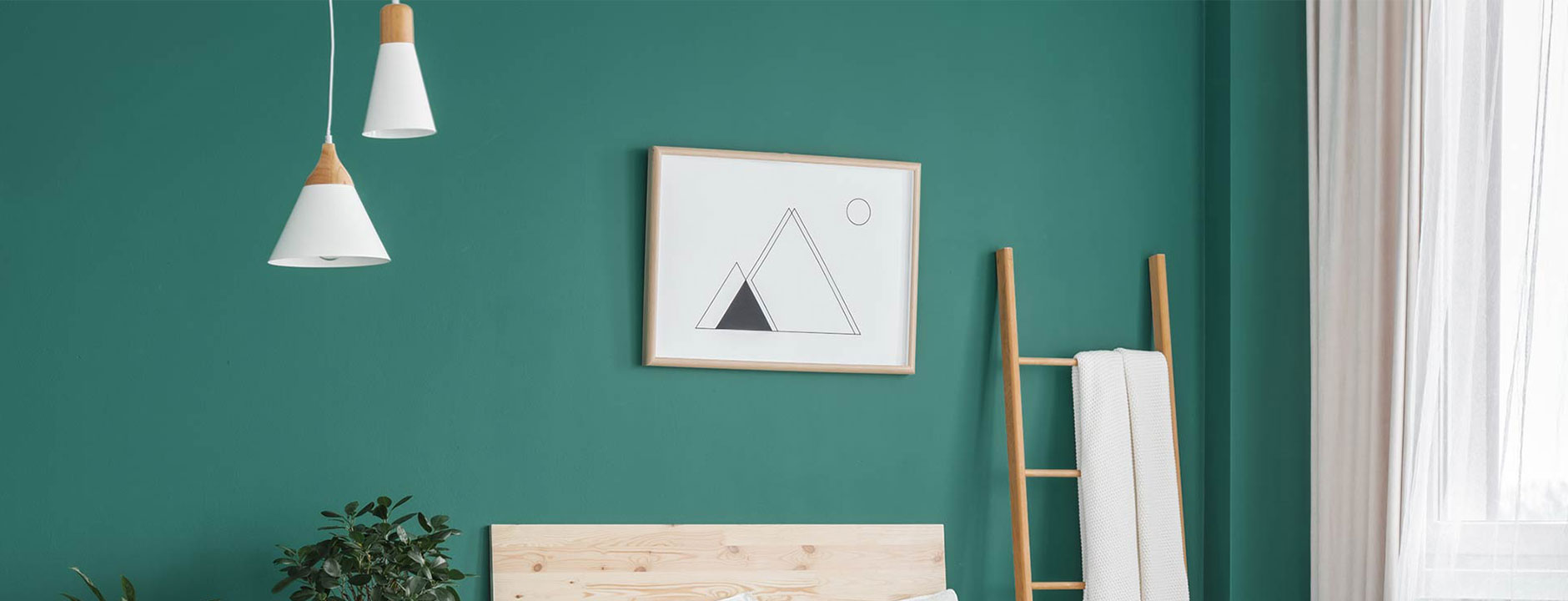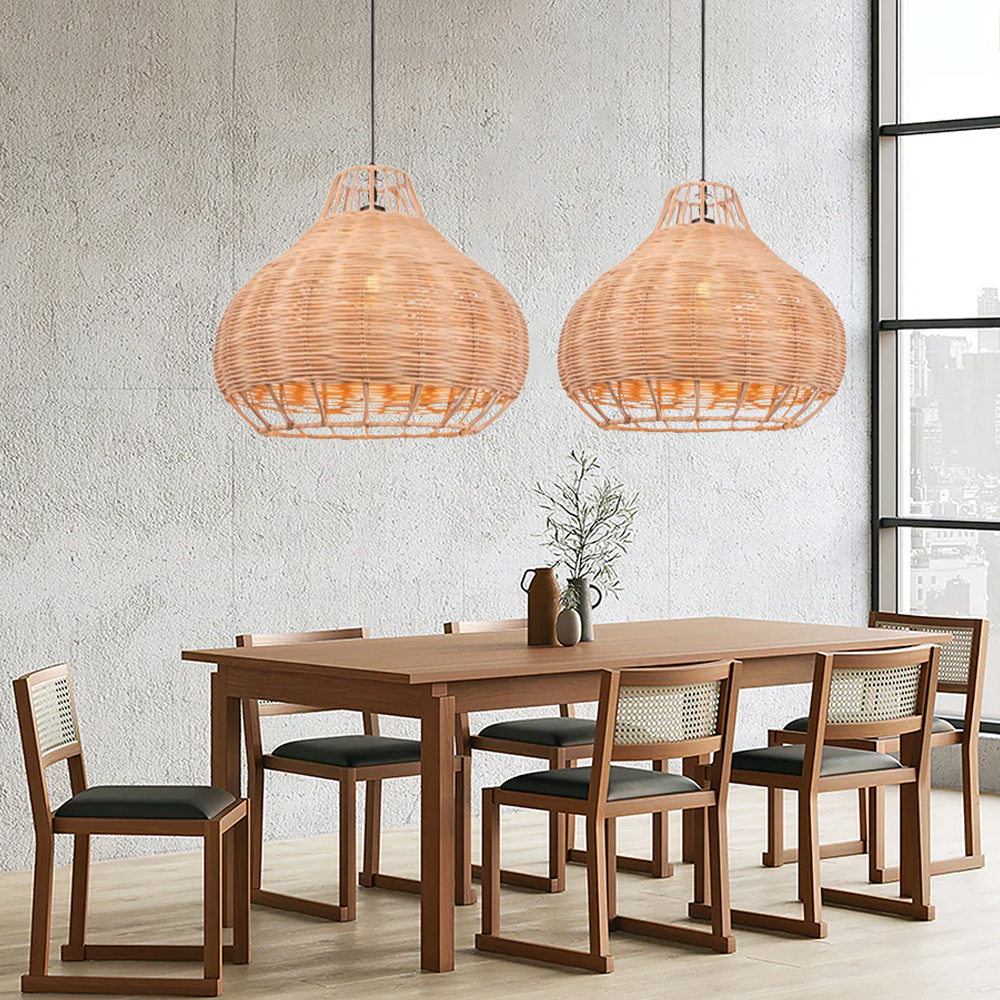The History of the Pendant Light in Modern Interior Design
Exactly how to Choose the Perfect Necklace Light to Enhance Your Interior Decoration
Choosing the excellent pendant light calls for cautious factor to consider of different components. The style needs to line up with the total design, while dimension plays a crucial function in ensuring appropriate percentage. Color and coating options can enhance aesthetic allure. Furthermore, evaluating light outcome is essential for performance - Pendant Light. Understanding these elements can change a room, creating an inviting ambience. The procedure entails more than simply aesthetic appeal; there are practicalities that have to likewise be addressed.
Comprehending Different Pendant Light Styles
Necklace lights come in a selection of styles, each offering one-of-a-kind aesthetic and useful benefits. From industrial layouts that feature subjected light bulbs and steel coatings to sophisticated glass fixtures that evoke a feeling of elegance, the choices are substantial. Contemporary pendant lights usually highlight minimal forms and tidy lines, while vintage-inspired styles may include intricate outlining and cozy tones.
For those seeking a rustic beauty, components made from all-natural materials like wood or rattan provide a comfortable feeling. Furthermore, multi-light necklaces can act as statement pieces, integrating several bulbs in a solitary layout for dramatic effect.
Each style contributes in different ways to a space, affecting the total ambiance and character. Understanding these diverse pendant light styles allows property owners and designers to make enlightened choices that align with their interior decoration vision, enhancing both functionality and aesthetic appeal in their environments.
Determining the Right Size for Your Room
When picking a pendant light, precisely measuring the ceiling height is important for achieving the right equilibrium in an area. Additionally, calculating the scale of the fixture in connection with the surrounding space guarantees that the light complements instead than bewilders the style. These factors play an important duty in developing an unified interior setting.
Procedure Ceiling Height
To achieve an aesthetically pleasing layout, determining ceiling height is essential for choosing the appropriate dimension of pendant light. The elevation of the ceiling directly affects the scale and percentage of the lighting component. Precede with conventional eight-foot ceilings, pendant lights need to normally hang around 30 to 36 inches over the surface listed below, such as a dining table or kitchen island. For higher ceilings, modifications should be made accordingly, as a higher installment can create a much more dramatic impact. When determining the suitable height, it is essential to mirror on the overall space measurements and layout. Precise dimensions help ensure that the necklace light not just complements the space's layout but likewise gives appropriate illumination without frustrating the room.
Calculate Fixture Range
Picking the right size for an illumination component is important for producing harmony in a space's style. To compute fixture scale, one should take into consideration the dimensions of the space. A typical standard entails adding the room's length and width in feet, which offers an excellent size in inches for a necklace light. As an example, a room measuring 10 feet by 12 feet suggests a fixture diameter of approximately 22 inches. Additionally, the height of the ceiling plays an important duty; taller ceilings may accommodate larger components. Making sure the pendant hangs at a proper height-- normally 30 to 36 inches above surfaces-- more boosts performance and visual appeal. Correctly scaled fixtures can change an area, making it feel inviting and well-coordinated.
Considering Shade and Complete Options
When selecting a necklace light, the interplay of color and coating can substantially affect the general aesthetic of a room. Collaborating the light's color scheme with existing decoration ensures a harmonious layout, while the selection of surface product can improve texture and design. Thoughtful consideration of these elements is critical for accomplishing a cohesive search in interior decoration.
Color Scheme Sychronisation
Color combination coordination plays an important duty in accomplishing an unified interior style, specifically when picking pendant lights. Selecting a necklace light that enhances the existing color system enhances the general aesthetic. For example, a light with cozy tones can create a relaxing atmosphere in a space loaded with earthy shades, while cooler tones might balance properly with a modern, minimalist scheme. It is crucial to take right into account the dominant colors in the area, making certain that the pendant light either mixes perfectly or provides a striking comparison. Additionally, including accent shades from the combination can tie the layout with each other, producing a cohesive look. Eventually, thoughtful color control elevates the visual impact of the pendant light within the interior design scheme.
Finish Material Considerations

The option of surface products for necklace lights significantly influences the total layout aesthetic of a space. Various coatings, such as matte, shiny, or textured, can develop differing visual influences. A refined metal coating may stimulate a contemporary, industrial ambience, while a matte or cleaned coating can provide a softer, more natural feel. Shade options, varying from traditional blacks and whites to vibrant tones, likewise play a necessary function in integrating with existing decoration. Furthermore, materials such as glass, timber, or ceramic can enhance the necklace's character and complement surrounding components. Eventually, picking the ideal finish material assures the pendant light not only brightens however also improves the area's style story.
Evaluating Light Result and Functionality
Light result and functionality are essential aspects in selecting the excellent pendant light for any type of room. Assessing the brightness of a necklace light entails understanding lumens, which determine the complete light released. A greater lumen matter generally suggests a brighter light, crucial for tasks such as analysis or cooking. Furthermore, the shade temperature level, gauged in Kelvin, affects the ambiance; warmer tones create a comfortable environment, while cooler tones advertise performance.
Capability extends beyond brightness to include the fixture's design and placement. Flexible necklaces can give flexible lighting for various tasks, while dealt with alternatives add a declaration to the style. Thinking about the height at which the pendant will hang is important, as it influences both light circulation and security. Ultimately, a well-assessed light output and performance will ensure that the chosen necklace light meets both practical and visual demands in the desired area.
Matching Necklace Lights With Your Interior Layout Style
How can one guarantee that pendant lights improve the overall interior decoration style of a space? The crucial hinge on picking fixtures that reverberate with the established visual. In a minimalist setup, smooth and easy designs in neutral shades can create a cohesive appearance. Conversely, a vintage-themed room Continued may profit from ornate pendant lights, including complex designs or warm tones that evoke fond memories.
Furthermore, considering the product and coating of the necklace light is important. Metals like brass or copper can add a touch of style to a contemporary area, while timber components may match rustic interiors.
Color harmony additionally plays a considerable function; choosing shades that straighten with the room's scheme assurances that the illumination feels incorporated instead of out of place. Ultimately, the ideal pendant lights need to not just brighten yet also work as a stylistic extension of the total layout, improving the setting and character of the space.
Installment and Placement Tips for Maximum Influence

In bigger areas, consider making use of larger pendants or collections to avoid them from really feeling shed in the room. For an open-concept layout, straightening the necklaces with various other style aspects, like kitchen counters or furnishings lines, fosters cohesion. Furthermore, dimmer buttons can enhance flexibility, permitting flexible ambiance. Eventually, thoughtful installment and placement of pendant lights can transform the looks and performance of any kind of interior decoration.
Regularly Asked Questions
What Are the Best Materials for Pendant Lighting?
The finest materials for pendant lights include glass for beauty, metal for sturdiness, and material for warmth. Each material supplies distinct aesthetics, allowing designers to develop flexible lighting remedies that boost numerous interior designs and atmospheres.
How Do I Preserve and Tidy Necklace Lighting?
Preserving and cleaning up pendant lights includes routine cleaning, utilizing a damp cloth for surface areas, and utilizing mild cleaners for glass parts. Regular checks for loose fittings guarantee security and extend the lifespan of the fixtures.

Can Necklace Lighting Be Dimmable?
The question of whether check over here pendant lights can be dimmable is pertinent for several. Numerous models offer dimmable functions, enabling customers to adjust illumination, improving atmosphere and functionality. Compatibility with dimmer buttons is crucial for peak efficiency.
What Is the Lifespan of Regular Pendant Light Bulbs?
The life-span of typical necklace light bulbs varies significantly. Incandescent light bulbs last regarding 1,000 hours, while portable fluorescent lights (CFLs) can last 7,000 to 15,000 hours. LED light bulbs provide the lengthiest life expectancy, rising to 25,000 hours or more.
Are Pendant Lighting Suitable for Outdoor Usage?
Necklace lights can be appropriate for exterior usage, yet they need to be particularly created for such settings. Weather-resistant products and correct setup are vital to guarantee longevity and safety versus components like wetness and wind.
Shade scheme sychronisation plays a crucial role in attaining an unified indoor style, specifically when picking pendant lights. The choice of surface materials for necklace lights greatly influences the total style aesthetic of an area. Light outcome and capability are fundamental factors in selecting the optimal pendant light for any kind of room. Reviewing the illumination of a pendant light entails recognizing lumens, which determine the total light given off (Pendant Light). How can one ensure that necklace lights enhance the general indoor style motif of an area?